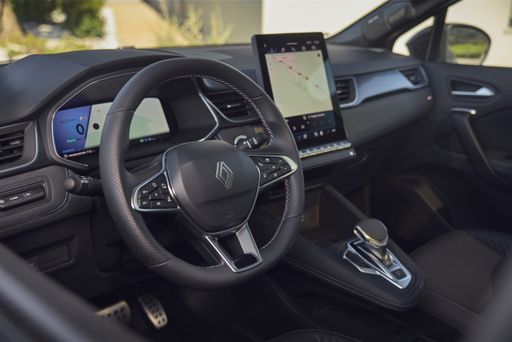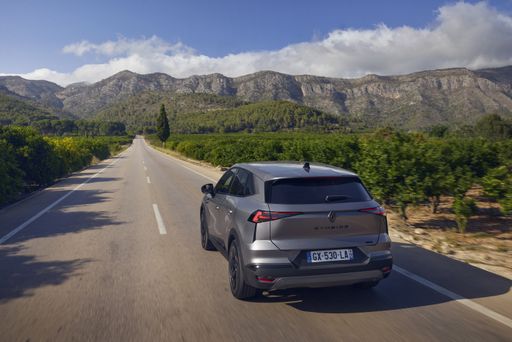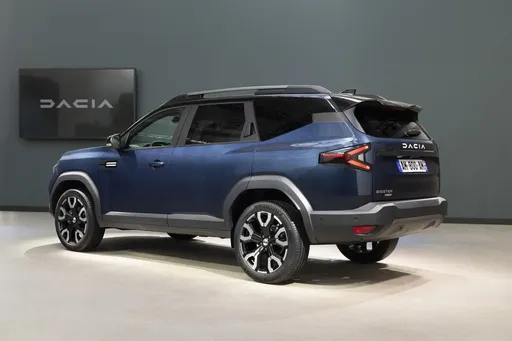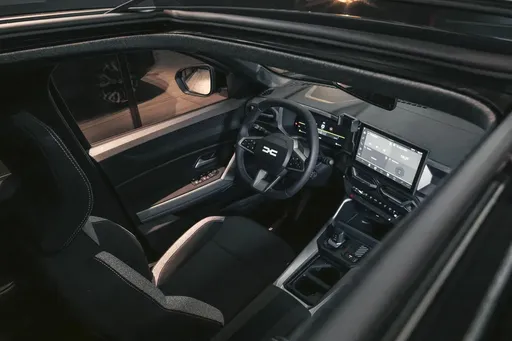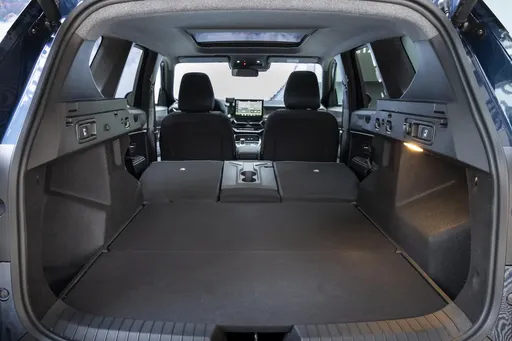Design DNA: City couture versus rugged honesty
The Renault Symbioz arrives with a sculpted, almost concept-car poise that flirts with futurism, while the Dacia Bigster opts for honest, blocky proportions that promise practicality over pretense. One reads as a fashion statement in the urban theatre, the other as a dependable companion that won’t shout for attention. Both have clear personalities, so your choice quickly becomes more about image than about features.



